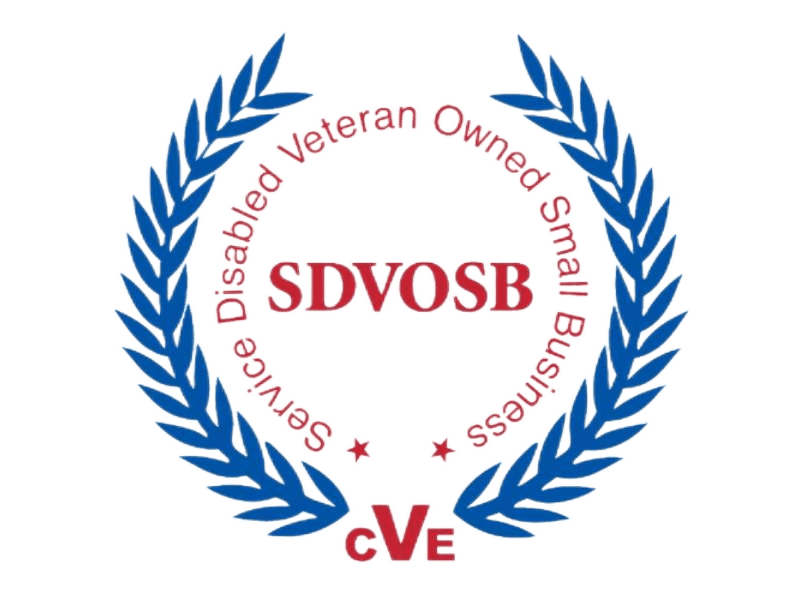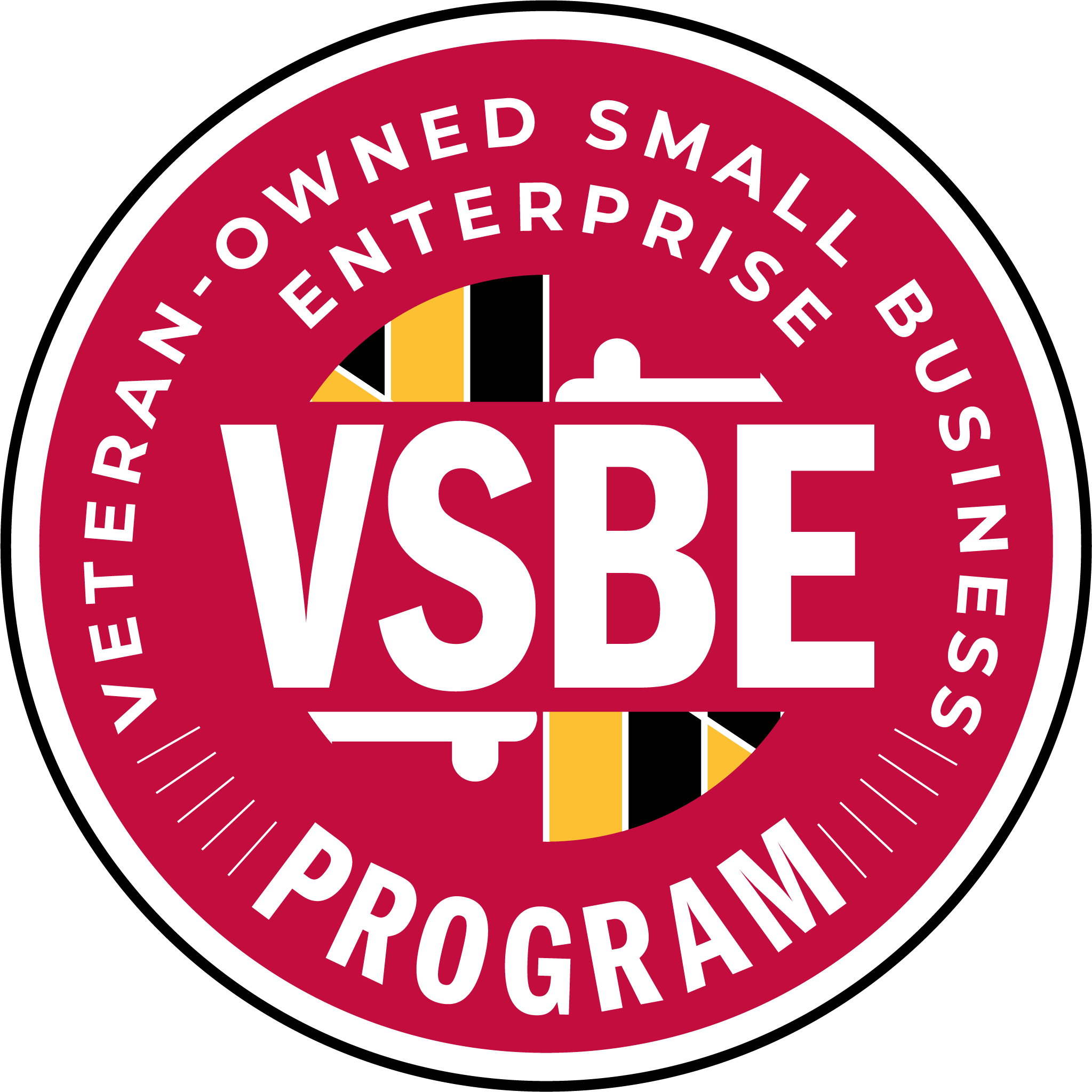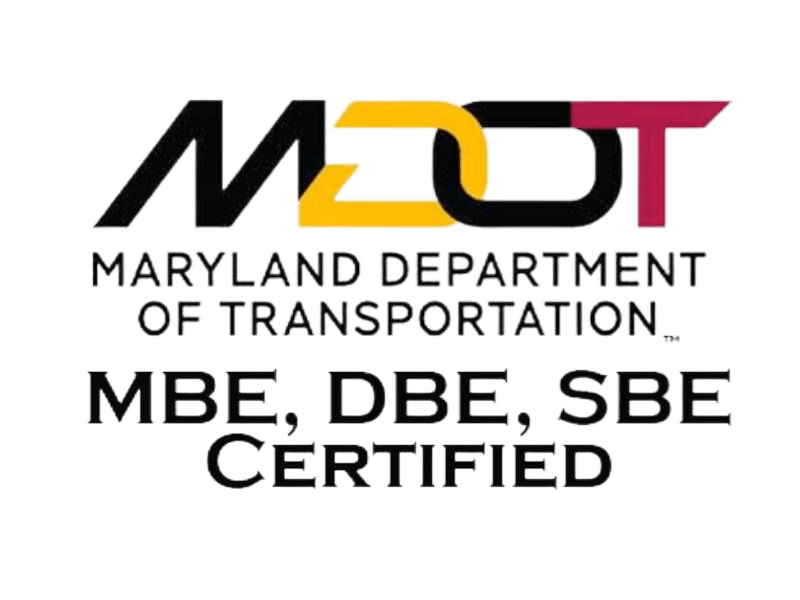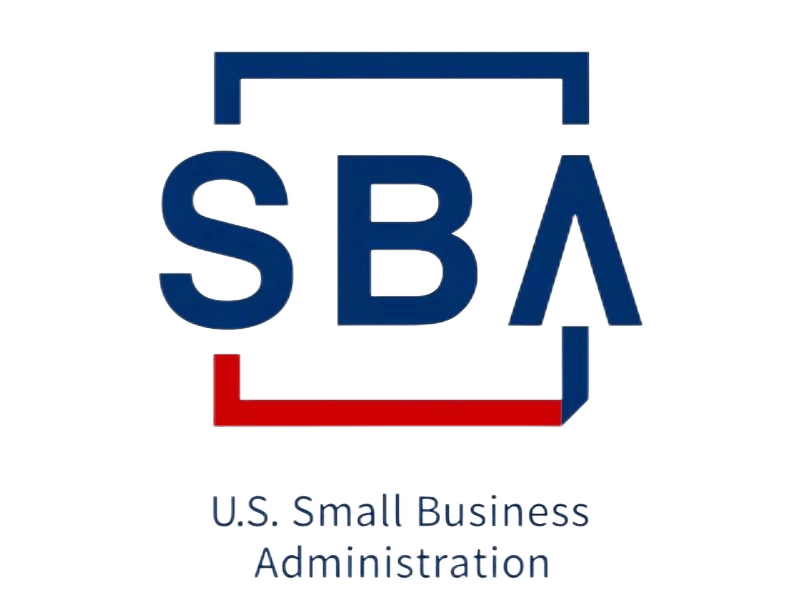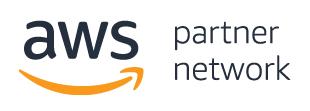
PCI Compliance Levels
PCI Level 1 compliance is the highest level of certification under the Payment Card Industry Data Security Standard (PCI DSS).
It’s required for large-scale organizations or service providers that handle high volumes of credit card transactions or store, process, or transmit cardholder data (CHD) directly.
Let’s break it down clearly 👇
🧾 PCI DSS Levels Overview
The PCI Security Standards Council (PCI SSC) defines four compliance levels, based primarily on the number of annual card transactions your business processes.
| Level | Criteria (for merchants) | Validation Requirements |
|---|---|---|
| Level 1 | More than 6 million Visa/Mastercard transactions annually (or any company suffering a breach) | Annual on-site audit by a Qualified Security Assessor (QSA), plus quarterly ASV scans |
| Level 2 | 1–6 million transactions/year | Annual Self-Assessment Questionnaire (SAQ) and quarterly scans |
| Level 3 | 20,000–1 million e-commerce transactions/year | Annual SAQ and quarterly scans |
| Level 4 | Fewer than 20,000 e-commerce transactions or up to 1 million total | Annual SAQ and quarterly scans (recommended) |
⚠️ For service providers, thresholds differ slightly — Level 1 typically applies to those processing over 300,000 transactions annually or who handle card data for multiple merchants.
🧠 What Level 1 PCI Compliance Involves
Achieving Level 1 compliance means meeting all 12 PCI DSS requirements, which cover everything from network security to encryption and monitoring.
However, the validation process is what sets Level 1 apart:
You must:
- Undergo an annual on-site audit
- Conducted by a Qualified Security Assessor (QSA) or internal auditor approved by your acquirer.
- Produces a Report on Compliance (ROC).
- Submit an Attestation of Compliance (AOC)
- A signed document verifying that your systems and processes meet PCI DSS.
- Complete quarterly network vulnerability scans
- Performed by an Approved Scanning Vendor (ASV).
- Perform penetration testing and file integrity monitoring
- At least annually and after major infrastructure changes.
- Maintain detailed access logs and monitoring
- Centralized logging (e.g., via SIEM) for all systems handling CHD.
🧩 Example: When You’d Need Level 1
- You’re a large e-commerce retailer processing millions of credit card payments each year.
- You’re a payment gateway, processor, or SaaS platform that transmits cardholder data for merchants.
- You suffered a data breach involving cardholder data — card brands may mandate you move to Level 1 regardless of transaction volume.
🔐 Benefits of Level 1 Certification
- Demonstrates top-tier security and trust to customers and partners.
- Reduces risk of breaches and costly non-compliance fines.
- Allows you to act as a PCI-compliant service provider for others.
⚙️ Developer Takeaway
If you’re a developer working in a Level 1 PCI environment, you’ll need to:
- Follow secure coding standards (e.g., OWASP Top 10).
- Enforce network segmentation (e.g., cardholder data environment vs. corporate network).
- Use multi-factor authentication for all privileged access.
- Ensure end-to-end encryption and tokenization of card data.
- Never store CVV or unencrypted PAN.
In short:
PCI Level 1 = the gold standard of payment security, reserved for the largest or highest-risk organizations, requiring a formal annual audit, quarterly scans, and full adherence to all 12 PCI DSS requirements.

